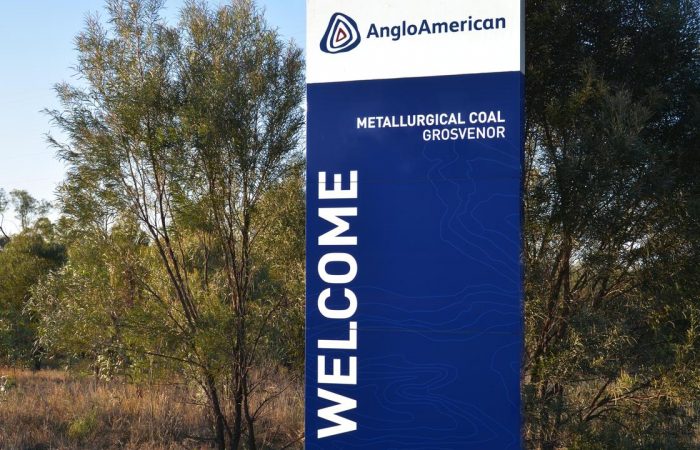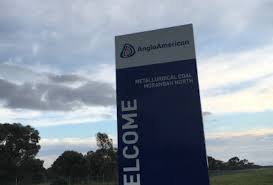
Goafstream Location, Quantity and Methane Content Never Mentioned in any Investigation Report by Grosvenor Management or Mine Inspectors Mine Record Entry
Facts set out by Inspectors Marlborough and Goulstone in the Mine Record Entry include
The TG methane level sits at 1.5% or above as the normal methane level. 04% methane intake and the goaf in the immediate tailgate area does not hang up and the goaf often rills in and impacts operation of/damages Chock #149
As part of any proper investigation into Methane Emissions the Mine has to establish where the methane is coming from.
One basic factor is never ever mentioned by either the Grosvenor Mine HPI Investigation Reports or and DNRME Inspector Mine Record Entry is the actual location and content of the goaf stream
The Mine Repeatedly blames methane exceedances are either a result of falls pushing gas out of the goaf or mining and position of shearer in the Tailgate.
One of the most relevant factors in determining what is going on in the goaf is Inspections/examinations of the Goafstream.
At the minimum is should be a twice daily requirement to take a bag sample of the goafstream at the barometric lows under the Spontaneous Combustion Management Plan which should be the “purest” sample due to the goaf breathing out.
It should be a relatively simple matter to determine how much methane is being expelled just using any associated Carbon Monoxide (CO) readings.
For the sake of simplicity if the goaf stream contained 20 ppm (parts per million) of CO and there is nil CO on the face, and there is 2ppm in the Tailgate at the 400m Inbye Sensor then 10% of the Ventilation is the goafstream and therefore 10% of the total Methane or 0.15%
The rest of the methane 0.95% comes from the face and the up to 400m of Tailgate Roadway and Block Emissions.
The emissions in the 400m of Tailgate Roadway and Block can be worked out by a similar mathematical process using the methane concentration at the tailgate of the Longwall face which invoves 90% of the ventilation.
The actual quantities of methane involved can be then worked out my multiplying the concentraion by the quantity
- Grosvenor mine had reported 32 HPl’s since LW 102 had commenced production in January 2018. This represehted 60% of all HPl’s in Queensland associated with Methane greater than 2.5% in Longwall TG
- Until the 400m sensor reads 5% (which is the Lower Explosive Limit) and stopping “haulage” production when the Shearer is in the Tailgate Shuffle Zone and the 400m Sensor reads 2% plus and leaving power onto shearer and cutting drums.
- Grosvenor employs bleeder road ventilation. The ‘Bleeder Road” intakes air around the perimeter of LW 101 along the bleeder road, past active goaf seals and mixes with intake air from the travel road.
- The TG methane level sits at 1.5% or above as the normal methane level. 04% methane intake pollution is a significant cause of the high Methane level in the TG general body.
- The goaf in the immediate tailgate area does not hang up and the goaf often rills in and impacts operation of/damages Chock #149
- The residual gas content of the coal in 102 LW, where the face position is currently is approximately 2 m/t. This is not particularly high and mines with higher gas content are having very few or no methane issues in the TG resulting in HPl’s with methane greater than 2.5%

